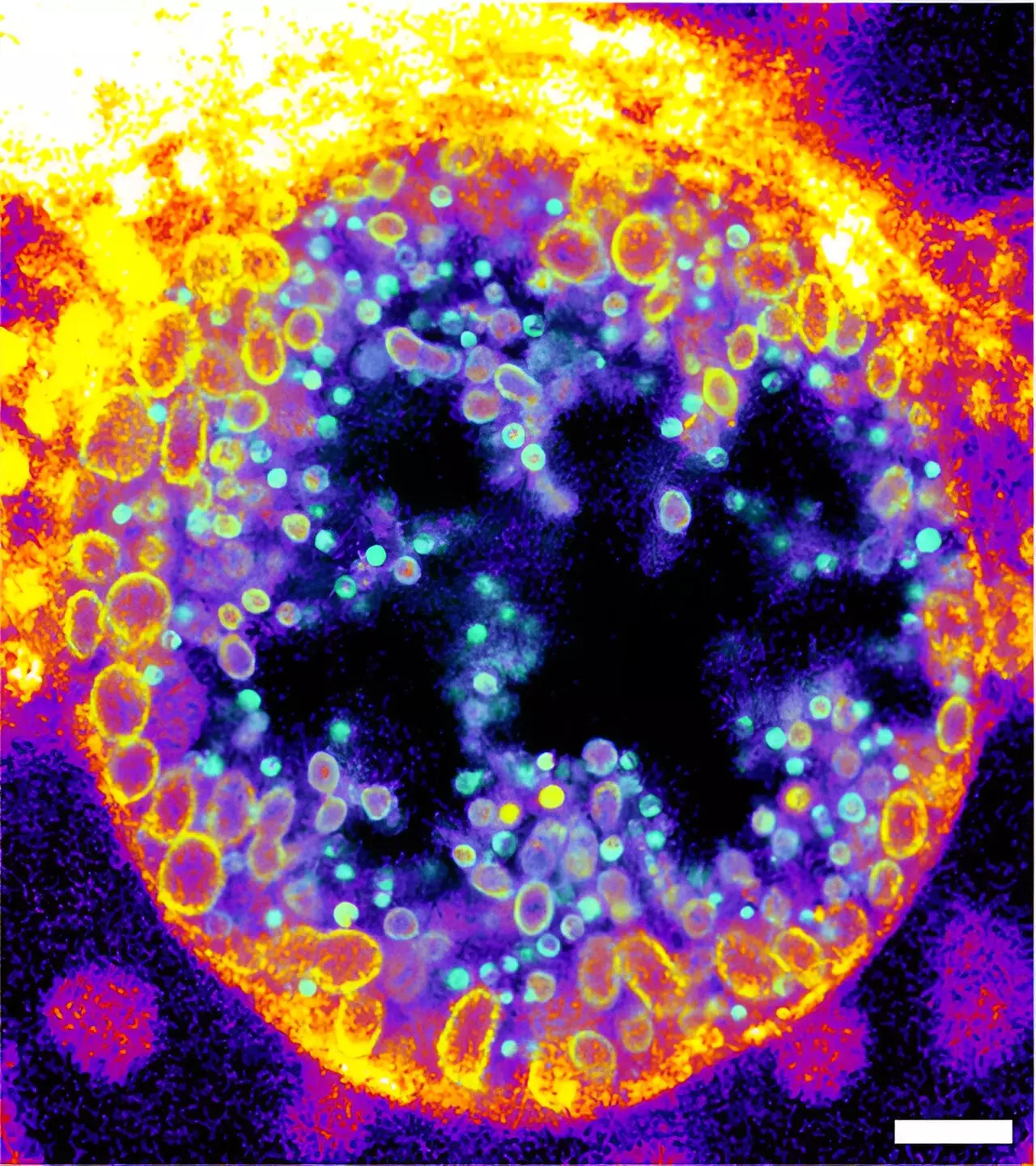The study of sphingolipids—a class of lipids that play a vital role in cellular processes—boasts a rich history that can be traced back to the late 19th century. German pathologist Ludwig Thudichum is credited with the discovery of these complex molecules and their intriguing implications for human health. His nomenclature, inspired by the mythical Sphinx, humorously underscores the enigmatic nature of these molecules, which continue to pose significant questions for researchers. Thudichum’s early work laid the groundwork for understanding sphingolipid metabolism and its intricate connection to various diseases, including Fabry’s and Gaucher’s diseases, both of which arise from malfunctions in this metabolic pathway.
Over time, innovations in biochemistry have revealed that dysfunctional sphingolipid metabolism may also serve as an underlying mechanism in numerous infectious diseases. This revelation expands the significance of sphingolipids well beyond metabolic disorders and brings infectious agents like Ebola, COVID-19, and specific bacterial pathogens into the spotlight of sphingolipid research.
Recent breakthroughs from a collaborative team of researchers from Würezburg and Berlin have pushed the boundaries of sphingolipid research further. Their significant discovery revolves around a novel sphingomyelin derivative aimed at enhancing our understanding of sphingomyelin metabolism, particularly its role within the context of infection. Traditionally, efforts to visualize the activity of sphingomyelinase, the enzyme responsible for breaking down sphingomyelin, were fraught with challenges due to the limitations of existing methodologies. This team, part of the Research Training Group 2581, has innovatively synthesized trifunctional sphingomyelins that now allow for effective visualization of both sphingomyelin distribution and sphingomyelinase activity throughout various infection processes.
The ramifications of this new tool in infectious disease research are profound and far-reaching. The newly developed molecules not only enable researchers to track sphingomyelin degradation but also facilitate a greater understanding of how different pathogens exploit these pathways for their benefit. By applying techniques such as expansion microscopy and click-chemistry, scientists can now visualize the stages of sphingomyelin metabolism as they correlate with the infection cycle of pathogens, such as Chlamydia. This bacteria is notorious for forming replicative organelles known as inclusions within host cells, and this study sheds light on how these inclusions harbor transformed sphingomyelin molecules.
As the researchers meticulously demonstrated, the proportion of metabolized sphingomyelin increased during the transition from non-infectious to infectious stages of Chlamydia life cycle. This finding not only marks a significant step forward in our understanding of bacterial behavior but also opens the door to developing targeted therapeutic strategies aimed at mitigating infections that manipulate sphingomyelin metabolism.
With the prospect of inventive treatment modalities on the horizon, this research lays the groundwork for future investigations that could redefine therapeutic approaches in infection research. The tools developed by this interdisciplinary team—chemists, physicists, and biologists alike—are set to be a game changer in laboratories worldwide. As Professor Jürgen Seibel from the Institute of Organic Chemistry at Julius-Maximilians-Universität Wurzburg aptly puts it, these new chemical entities will undoubtedly enhance the toolkit necessary for researchers tackling complex infection scenarios.
The journey ahead involves rigorous testing of these derivatives in broader biological contexts and exploring their practical applicability in clinical settings. New strategies arising from this research could provide vital insights into disease prevention and management, not just for bacterial infections but perhaps extending into the realm of viral infections as well. As our understanding of sphingolipid metabolism continues to evolve, so too does the promise of advancing public health through innovative research efforts. Through such endeavors, the riddle of sphingolipids, once akin to the enigma posed by the Sphinx, may ultimately be diminished to comprehensible solutions that save lives.


Leave a Reply